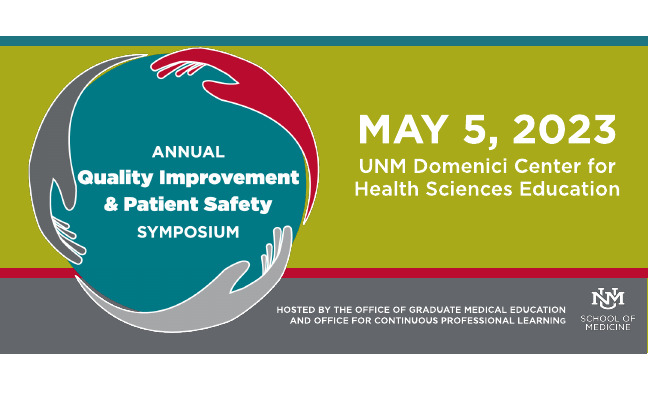Document Type
Poster
Publication Date
4-2023
Abstract
Improving Quality of Urinalysis Samples Collected in the Emergency Department
Carl Beranek, MD, Lynne Fullerton, PhD
Problem (Gap) Identification/Background:
Urine samples with greater than five squamous cells are of low diagnostic value as they are considered contaminated. Sending contaminated samples to lab wastes time and resources and delays care of all patients. The current literature is mixed on utility of supplemental instructions improving contamination frequency of urinalysis (UA). A published study has demonstrated illustrations improved UA quality in female populations. Another study demonstrated that a mobile application did not. A third study demonstrated written instructions did not improve quality of urine samples.
Would guides (illustrations with minimal text) posted in the emergency department (ED) patient bathrooms significantly increase the frequency of quality urine samples? The primary author hypothesized guides would decrease the number of squamous cells if guides were concise and understood across languages.
Description of Intervention:
Validated posters were obtained. The posters displayed how to correctly self-collect a clean catch urine sample. There was one poster for patients with a vagina and another poster for patients with a penis. The posters contained only illustrated pictures and numbers 1-9, no words. Both posters were hung in each patient bathroom throughout the adult ED. The posters hung for the following six months. The population studied was adult ED patients presenting for any complaint requiring a UA.
Data/Measures of Change:
Data was obtained from an HSC Clinical Data Request. The data collected was the date of the sample and the number of squamous cells in the sample. Pre-intervention squamous cells in UAs from the previous one year were compared to post-intervention squamous cells in UAs. A chi-squared test showed that the proportion of samples that had less than or equal to five squamous cells (that is, a proportion close enough to zero to call them “clean”) increased from 42.8% before the intervention to 46.4% after the intervention, an absolute increase of 3.6%. This increase is significant at p<0.001.
Results:
This absolute increase of 3.6% clean urine samples translates to 302 additional clean urine samples collected per year based on the number of urine samples collected from 3/2021-3/2022.
Acknowledgements:
Instructional posters adapted from validated posters created by Robert Eley et al. from the University of Queensland
Recommended Citation
Beranek, Carl M. and Lynne Fullerton. "A Clean Catch." (2023). https://digitalrepository.unm.edu/hsc_qips/73

